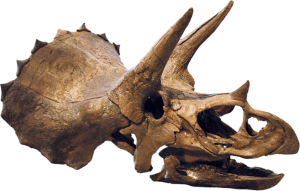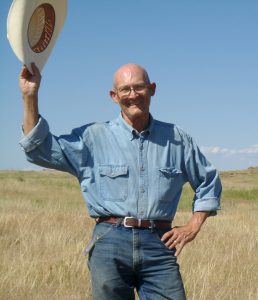You can also start a search with a general list of all the sedimentary formations in which dinosaur fossils have been reported regardless of the location of a specific discovery site. You will need to find out which strata have the potential for fossils and which are barren. You learn that the Morrison formation is Jurassic and is likely to have dinosaur potential wherever it is exposed at the surface.
I find that narrowing down a location can get complicated because one formation can be part of a larger sediment group and the same formation may itself be made up of several sub layers or members. I do not yet understand all of the various lithologic and stratigraphic symbols. I am still learning all this and I cannot be of great help. I did try to extract the names of likely dinosaur bearing formations from the Paleobiodb site. So far I came up with the following starter list for the Mesozoic.
Triassic Formations
Chinle, Popo Agie, Navajo Nuggent Sandstone, Windgate Sandstone, Rock Point, Moenave, Colorado City. Tecovas, Cooper Canyon, Blue Water Creek, Moekopl.
Jurassic Formations
Morrison, Kayenta Navajo, Entradce Sandstone, Summerville, Aztec Sandstone, Carmel.
Cretaceous Formations
Clovery, Cedar Mountain, Pt. Loma, McRae, Mesa Rica, Fruitland, Kirkland, Menefee, Animas, Castlegate, Lance, Hell Creek, Almond, Thomas Fork, Kaiparowits, Two Medicine, Straight Cliffs, Judith River, Wahweap, Laramie, Livingston, Denver, North horn, Ferris, Evanston and Aguja.
I focus most of my time on Cretaceous land and the geological symbol for Cretaceous is the letter “K”. On a geological map this is often followed by smaller letters K(xyz). These letters represent an abbreviation for the name of the general strata formation. You will need to decide which era and formation you want to explore or perhaps which formation is closest to your home and easiest to get to. I could have started anywhere, but I chose to search the Cretaceous. There were some exposures near the Eocene deposits that I had been working in, and I was familiar with the general area.



2 Responses
I have used Dick’s ‘How to instructions’ just this year (’21) and I found them to be very helpful and rewarding! It really can be done!
THis is great information for anyone with an interest. Thanks for sharing!